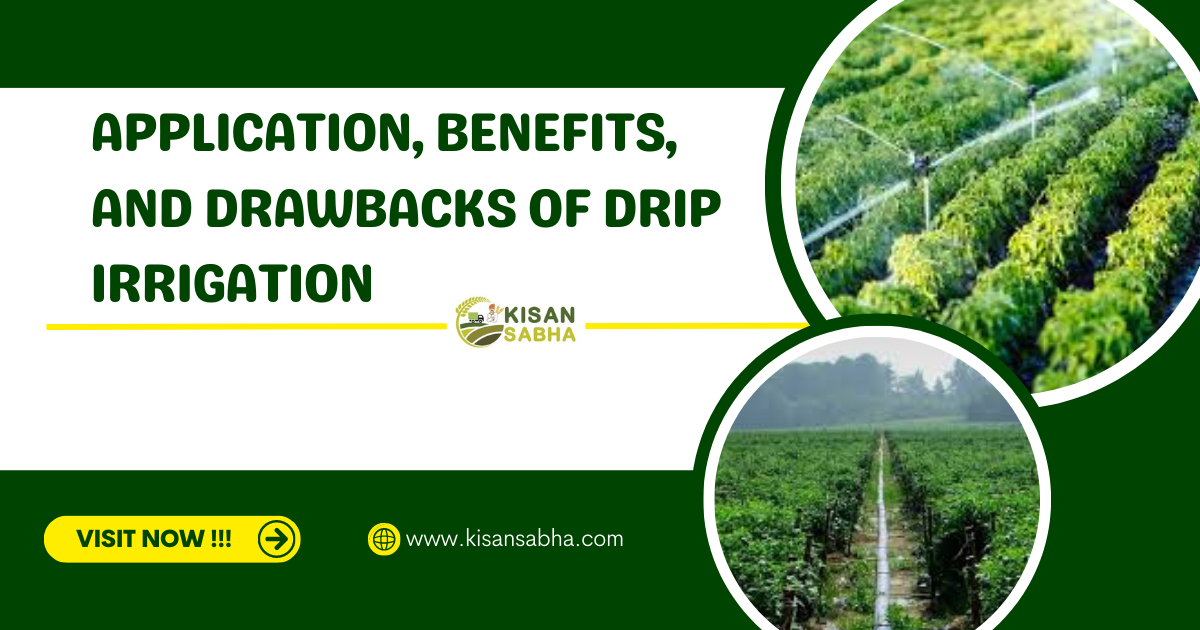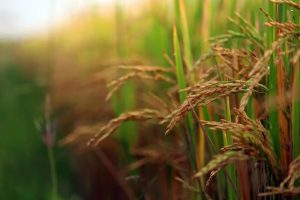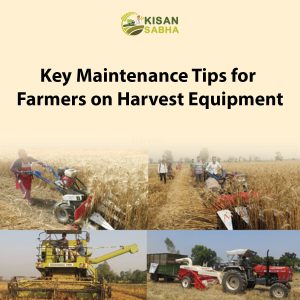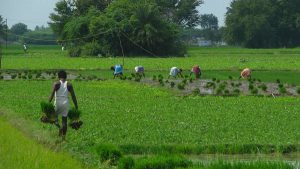Drip irrigation is the most efficient method of delivering water and nutrients to crops. It provides water and nutrients straight to the root zone of the plant in the proper amounts and at the right time, ensuring that each plant receives exactly what it requires, when it requires it, to grow effectively. Farmers can increase yields while saving water, fertilizer, energy, and even crop protection chemicals by using drip irrigation.
Plants prefer to receive their water and nutrients in a balanced manner, just like people do. Nobody wants to consume a month’s worth of food in a single sitting, and this also holds true for plants. Drip irrigation, which ensures ideal growing conditions and helps create the best harvests possible, delivers water and nutrients frequently and in small dosages.
How does it function?
Water and nutrients are mainly supplied throughout the field in pipes called ‘dripperlines’ incorporating smaller units known as ‘drippers’. Each dripper produces water and fertiliser-containing drips, resulting in the uniform delivery of water and nutrients directly to each plant’s root zone throughout an entire field.
Advantages of Drip Irrigation
1. Less Water Used – By concentrating water on the root zone, it is not squandered on non-plant-beneficial areas.
2. Healthier Foliage – After irrigation, the leaves of the plant continue to be wet due to overhead watering. The discoloration and staining of wet leaves. The leaves of the plants stay dry with drip irrigation.
3. Prevents Fungus – Wet leaves can encourage the spread of fungi like powdery mildew. Drip watering inhibits fungus and keeps foliage dry.
4. Prevents Soil Erosion – Because drip irrigation drips slowly and steadily, it lowers runoff, which prevents soil erosion.
5. Decreases Weeds – Weeds are less likely to grow since the spaces between the plants won’t receive water.
6. Minimized Nutrient Runoff – When a lot of water runs off the soil’s surface, the nutrients in that soil get depleted. Because drip irrigation lessens runoff, fewer nutrients get lost.
7. Doesn’t Need Lot Leveling or Drainage – Regular irrigation systems leave a lot of water on the soil’s surface. In order to prevent standing water, good site levelling and drainage are necessary. Drip irrigation eliminates the need for this because it uses less water and delivers the water to the plant’s roots directly.
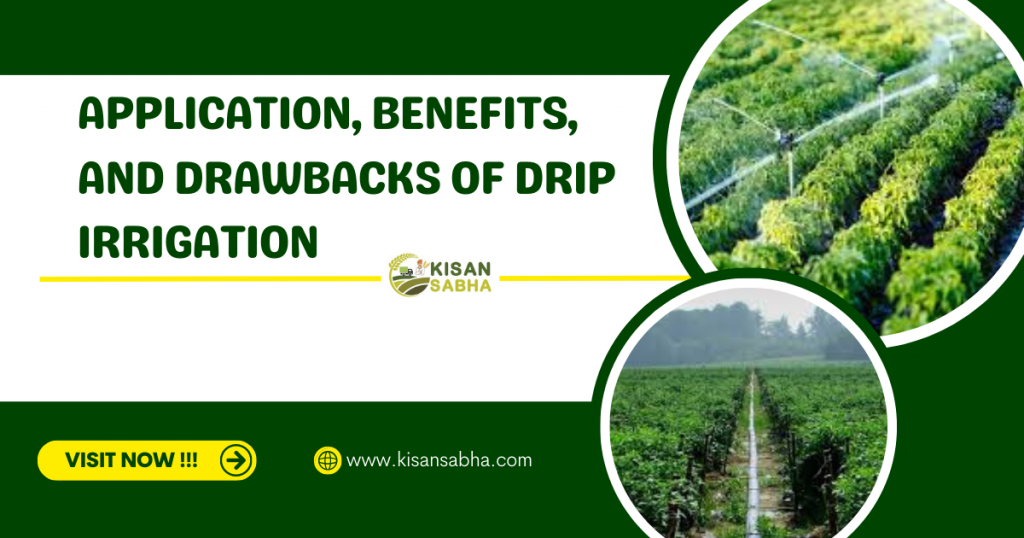
The disadvantages of drip irrigation
In this article, we’ve focused on the benefits of drip irrigation, but there are a few drawbacks.
1. Initial outlay: If you garden, you probably have a watering can at home. Watering cans work, but not as well. So, if you want to experiment with drip irrigation, you’ll have to make an initial investment in parts and hoses. Drip kits are an inexpensive way to test out a drip irrigation system.
2. Hoses require repair or replacement: Just like garden hoses, drip hoses and soaker hoses can be also damaged by rodents, garden tools, or birds. Alternatively, they will deteriorate and require replacement over time.
3. Hoses require maintenance: You must clean the filter, emitters, and hoses on a regular basis. Filters and emitters will clog, and hoses will collect debris. In the spring, flush the system and store the filter, backflow preventer, and pressure regulator inside for the winter.
Which types of pipes are mainly used for drip irrigation systems?
Pipes such as PVC, polyethylene, and drip tubing can all get used for drip irrigation. Choose the pipe that is best for your needs because each type has pros and downsides of its own.
Here is a quick list of the various pipe types appropriate for drip irrigation:
– The most popular kind of pipe used for drip irrigation is PVC. They are reasonably priced, sturdy, and long-lasting. PVC pipes, however, can be tricky to work with and aren’t always the greatest choice for highly sandy or clay-like soils.
– Polyethylene pipes are another common drip irrigation alternative. They are more robust, less expensive, and easier to deal with than PVC pipes. Polyethylene pipes, on the other hand, can be more difficult to find, and they aren’t necessarily the ideal solution for particularly sandy or clay-like soils.
– Drip tubing is a sort of pipe that is specifically built for drip irrigation. It is often less expensive than PVC or polyethylene pipes since it’s made of a flexible, easy-to-work-with material. Drip tubing, on the other hand, can be more difficult to come by. It’s also not usually the greatest choice for sandy or clay-like soils.
Conclusion
Drip irrigation is a very effective irrigation system that has several important environmental advantages. It saves water by distributing it directly to plant roots, and it is also more energy efficient than conventional irrigation technologies because it requires less pump power. To get the most out of drip irrigation, high-quality pipes and components are necessary.For the winter, bring the lator indoors.
Visit us- KisanSabha.in


